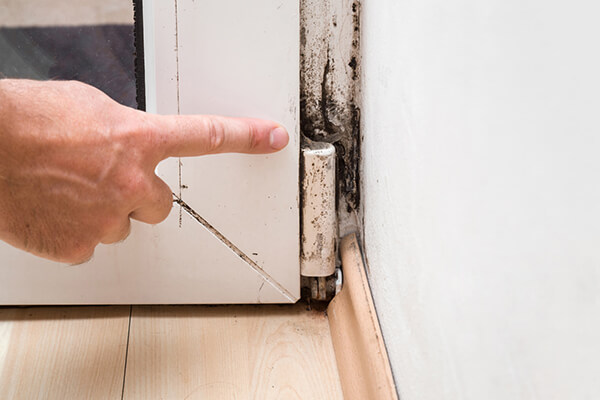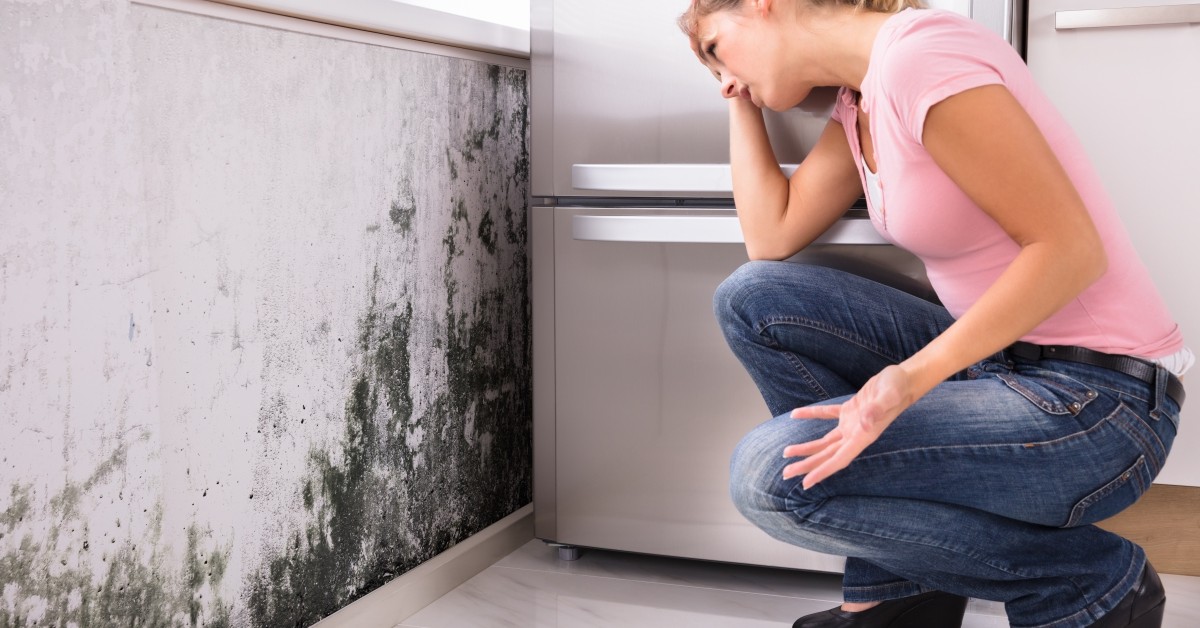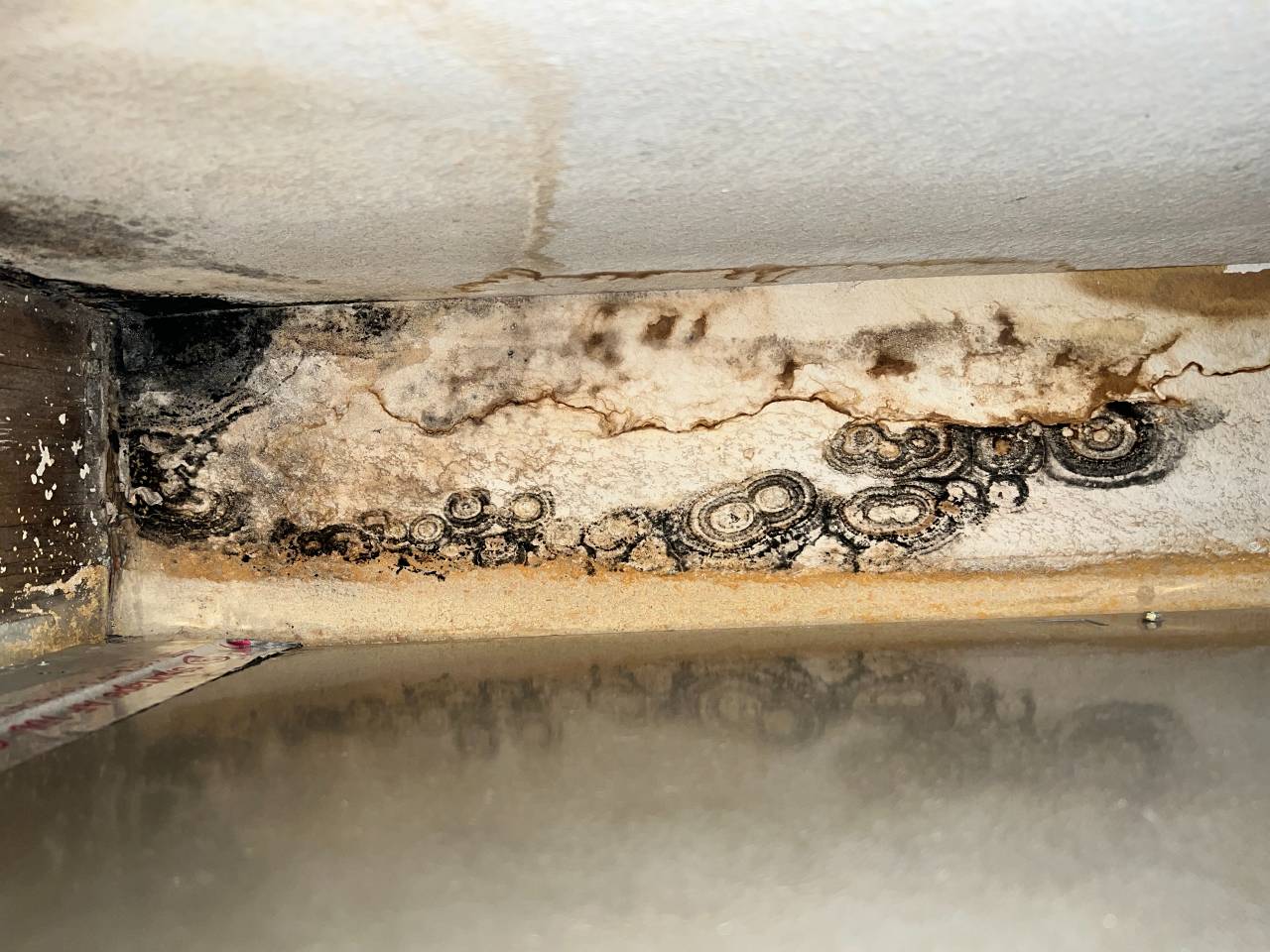Crucial Actions After Mold Remediation
Crucial Actions After Mold Remediation
Blog Article
Your Ultimate Guide to Message Mold And Mildew Remediation Techniques
Navigating the realm of post-mold removal techniques is a precise process that requires focus to detail and a comprehensive understanding of the intricacies entailed. In the aftermath of mold and mildew infestation, understanding just how to effectively eliminate the mold and mildew and prevent its reoccurrence is critical for maintaining a healthy interior atmosphere. From selecting the appropriate cleaning and disinfecting techniques to carrying out approaches for long-term mold avoidance, each step in the removal trip plays an important role in guaranteeing an effective outcome. As we get started on this exploration of post-mold remediation strategies, we will certainly reveal the key approaches and ideal practices that can help you restore your space to its pre-mold condition and secure it versus future mold dangers.
Understanding Post-Mold Remediation Refine
After finishing the mold and mildew removal procedure, it is vital to understand the post-mold remediation strategies that are necessary to make sure a complete and efficient cleanup. When the mold has been eliminated, the next action involves cleaning and disinfecting the affected locations to avoid any regrowth of mold and mildew.
Additionally, carrying out a final assessment post-remediation is crucial to make certain that all mold has been successfully eradicated. This inspection needs to entail an extensive aesthetic check as well as potentially air sampling to confirm the absence of mold and mildew spores airborne. Extra remediation might be necessary if the evaluation reveals any type of remaining mold. Last but not least, enlightening passengers on safety nets such as regulating moisture levels and quickly resolving any kind of water leaks can aid keep a mold-free setting.
Efficient Cleaning and Decontaminating Approaches

Avoiding Future Mold And Mildew Growth

Relevance of Appropriate Air Flow
Proper air flow plays a critical role in avoiding moisture buildup, a vital factor in mold growth within indoor atmospheres. Effective ventilation systems help remove excess moisture from the air, reducing the opportunities of mold and mildew spores discovering the wetness they require to germinate and spread out. Without adequate ventilation, interior areas can end up being a reproduction ground for mold and mildew, resulting in prospective wellness risks and architectural damages.
By making sure correct air blood circulation, air flow systems can additionally help in drying damp locations extra quickly after water damages or flooding events, better discouraging mold growth. Post Mold remediation cleaning. In spaces like shower rooms, attic rooms, basements, and kitchens where wetness levels often tend to be greater, mounting and maintaining efficient ventilation systems is important in preventing mold and mildew problems

Surveillance and Upkeep Tips
Given the important function that proper ventilation plays in avoiding mold and mildew growth, it is critical to develop effective surveillance and upkeep suggestions to make certain the continued capability of air flow systems. Regular evaluations of air flow systems should be carried out to examine for any indications of blockages, leaks, or malfunctions that might impede proper air flow. Surveillance humidity levels within the property is additionally important, as high moisture can add to mold and mildew development. Installing a hygrometer can assist track humidity levels and sharp property owners to any kind of spikes that might call for attention. In addition, guaranteeing that air filters are on a regular basis cleaned up or replaced is necessary for preserving the performance of the ventilation system. Executing a timetable for regular maintenance jobs, such as air duct cleaning and cooling and heating system examinations, can help avoid problems before they escalate. By staying proactive and conscientious to the condition of ventilation systems, homeowner can properly minimize the threat of mold and mildew regrowth and preserve a healthy indoor environment.
Conclusion
In conclusion, post-mold remediation strategies are crucial for making certain a risk-free and tidy atmosphere. Recognizing the process, carrying out reliable cleansing and decontaminating approaches, preventing future mold growth, keeping proper ventilation, and regular surveillance are all crucial action in the removal process. By complying with these guidelines, you can effectively get rid of mold and mildew and prevent its return, promoting a healthy living or working area for all passengers.
In the results of mold and mildew invasion, knowing how to properly eradicate the mold and prevent its reoccurrence is paramount for keeping a healthy and balanced indoor environment. As soon as the mold has actually been eliminated, the next action entails cleaning and sanitizing the affected locations to stop any kind of regrowth of mold - After mold remediation. After removing visible mold growth, it is vital to clean up all surface areas in the damaged area to eliminate any type of staying mold spores. To additionally boost mold and mildew avoidance actions, it is crucial to attend to underlying concerns that initially led to mold advancement.Offered the essential function that appropriate air flow plays in preventing mold and mildew development, it is crucial to develop effective monitoring and maintenance suggestions to make certain the ongoing performance of ventilation systems
Report this page